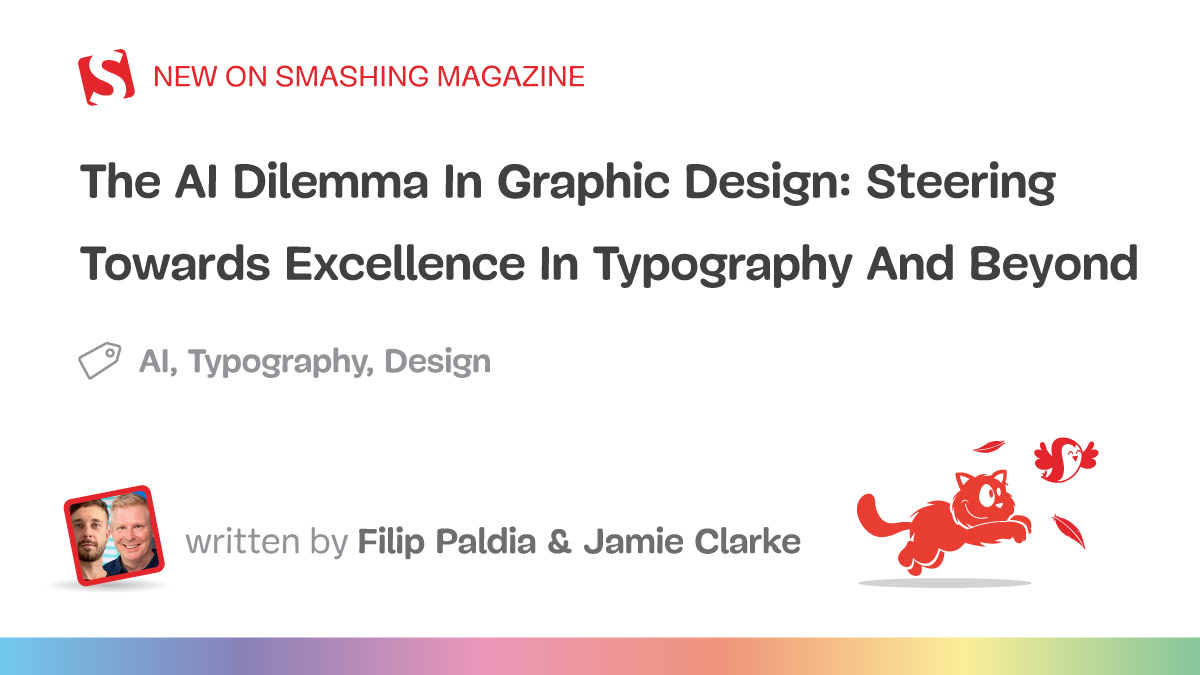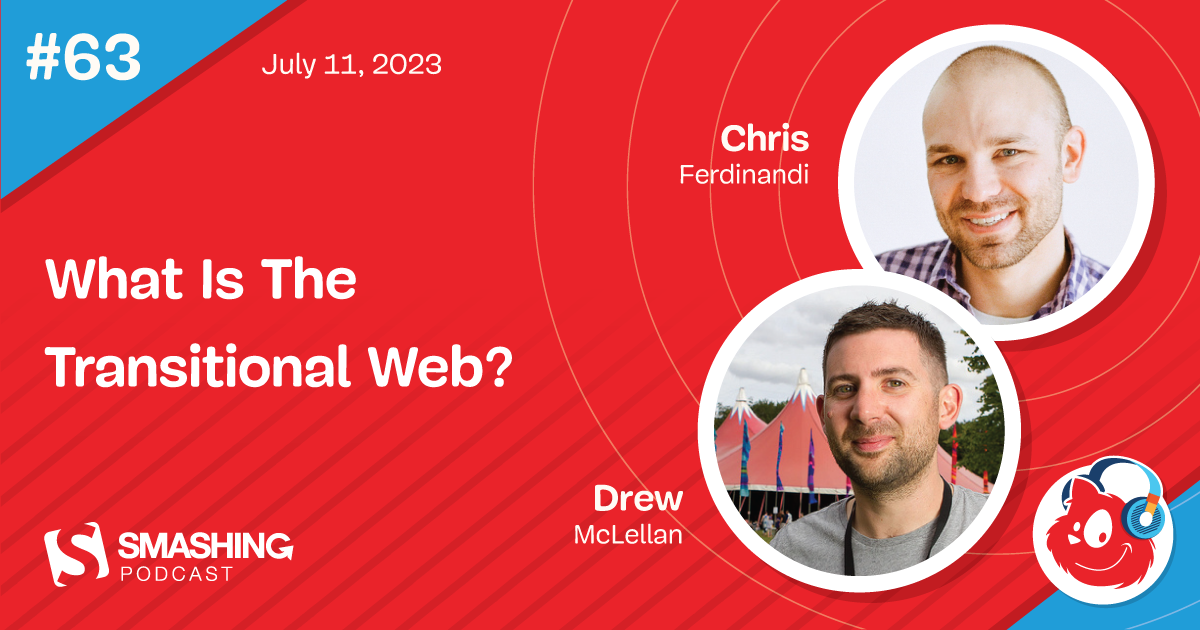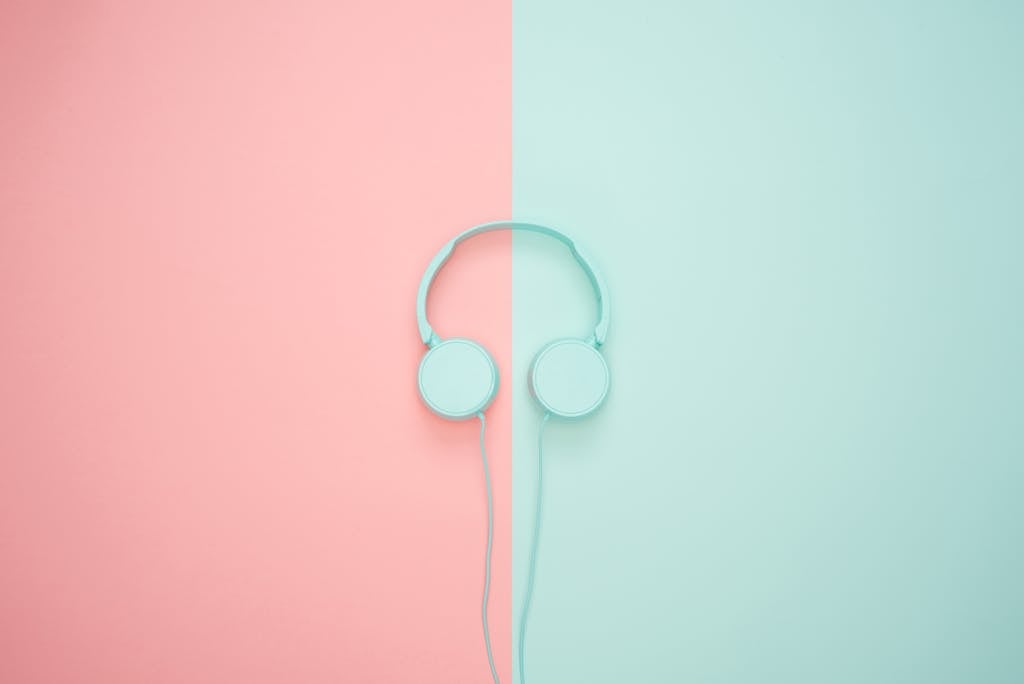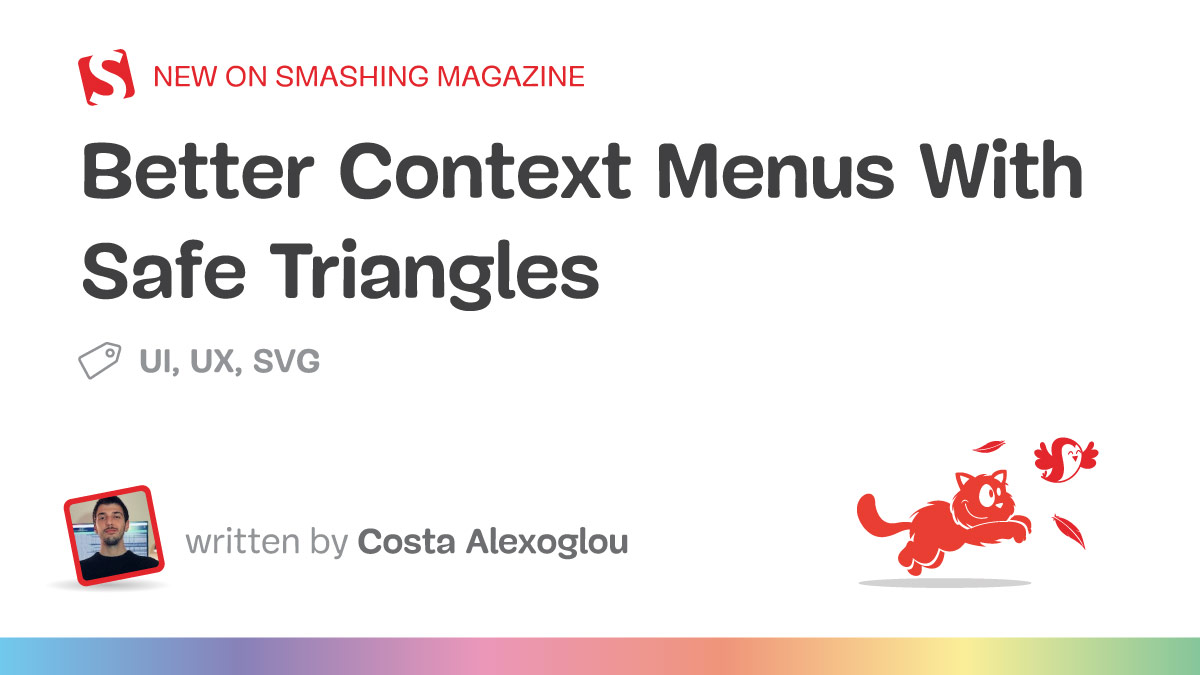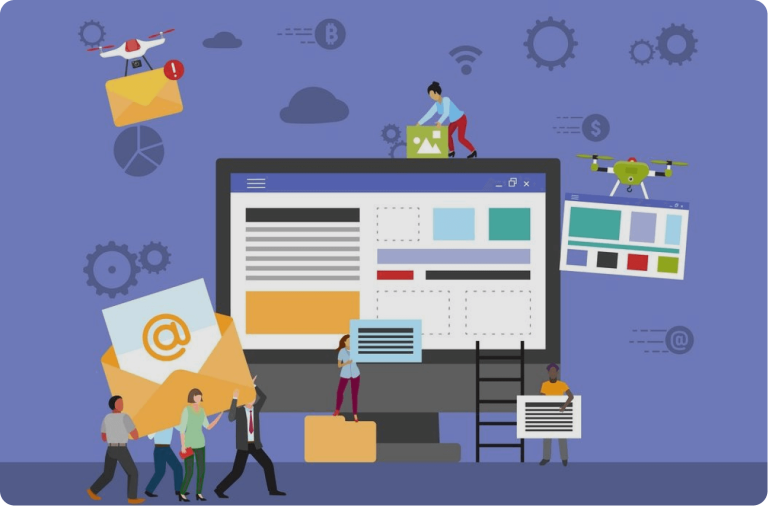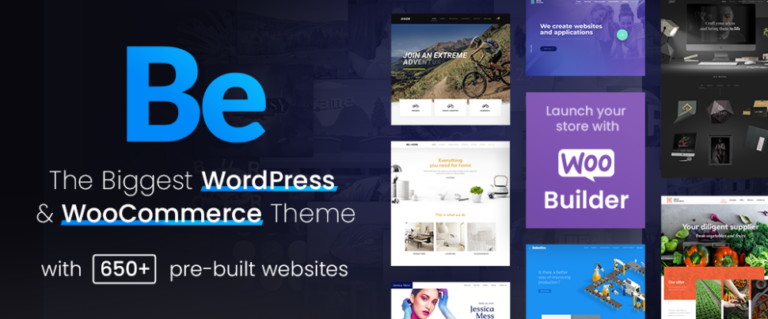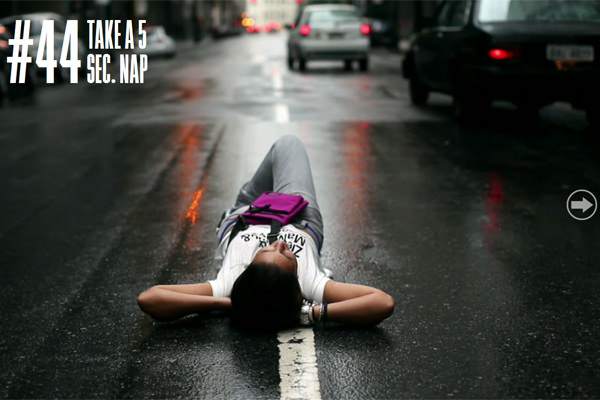Imagine it’s 2028, and you’re at your projected, suped-up workstation. “Hey AI,” you say, “I need some type options for this page heading…” Before finishing, your AI assistant, affectionately nicknamed TypeMaster3000, eagerly interrupts: “Something bold yet whimsical? Or Perhaps a serif that subtly says, ‘I’m sophisticated but know how to party’?”
You roll your eyes, “Just show me ten options. And no disco serifs this time.”
Gone are the days of clunky, AI-generated fonts that struggled to produce consistent, quality designs. Licensing issues? A thing of the past. The AI of 2028 presents you with multilingual, inventive font families, each glyph crafted to perfection. But perfection isn’t without its quirks.
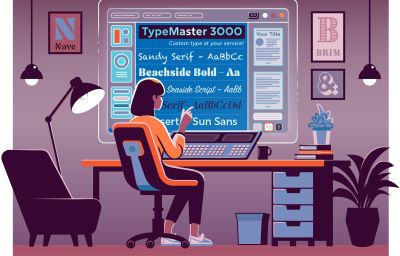
As TypeMaster3000 rolls out its instantly generated font options, each design seems to have a touch of your recent seaside holiday. There’s Sandy Serif and Desert Island Display.
You sigh. “Less beach, more business, please.”
“Understood,” TypeMaster3000 chirps. “Reverting to corporate mode!”
You spot a typeface you like, and with a tap, the font slots into your design, aligning proportionally and positionally as if it was always meant to be there.
The Evolution of Technology In Typography
Back in the present, the creation of new, professional typefaces remains a meticulous and time-consuming endeavor, even with modern software. Throughout its history, the type industry has consistently been at the forefront of technological evolution, from wood to metal, film, and digital.
Each innovation has transformed type production and broadened access for designers, both in making and using type. Like all industries, we are poised at the base camp of the AI mountain, bracing ourselves for a steep and transformative climb.
Predictions of the medium-term impact of artificial intelligence on type design generally converge around two main scenarios:
- AI as a collaborative tool (AI as co-Pilot)
In this scenario, AI assists in the type design process, taking on time-consuming tasks like creating bold versions or italics of a typeface. This would benefit type designers by streamlining their workflow and allowing more room for creative exploration without the burden of repetitive tasks. - Fully AI-Generated Fonts (AI as autopilot)
As with our TypeMaster3000 scenario, AI would independently create fonts in this scenario, likely resulting in a surge of free, enthusiast-prompted typefaces. Initially, these may lack the innovation, consistency, and craftsmanship of professional designs, so the market will likely lean towards more dependable, expertly generated AI fonts.
Over time, however, it is expected that we will gravitate towards autopilot fonts, as even naively prompted AI results (e.g., “Make me a seaside holiday font”) will begin to match, then surpass, human-made efforts. Both scenarios seem like good news for type users, offering a wider variety of fonts. But this change will completely disrupt the type industry.
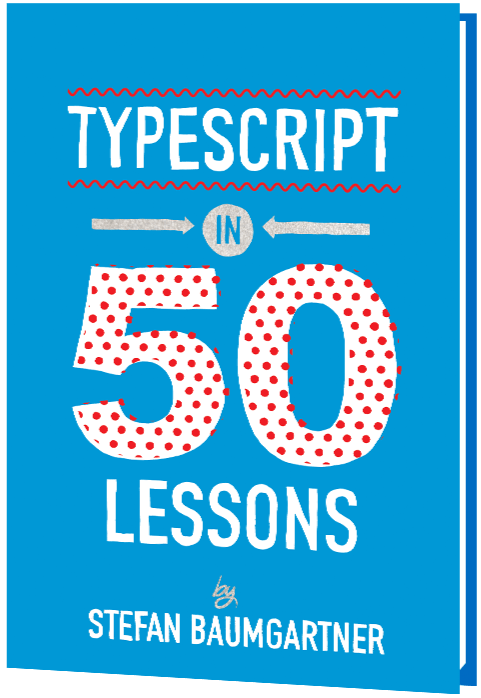
A Gutenberg-Scale Transformation
Yet, this vision is far from the summit of our AI mountain. While disruptive, it marks a crucial and necessary transition for the type industry towards a groundbreaking future. While the journey may be challenging, AI is poised not just to generate innovative fonts but to fundamentally revolutionise our text communication, paving the way for a new era of dynamic and interactive typography.
Despite previous technological advances, typography actually hasn’t changed much since its invention almost 600 years ago, and much scribal creativity was sacrificed to make text more accessible. The next evolutionary step will be dynamic, context-sensitive typefaces. These would provide more nuanced and precise forms of communication, tailoring text to specific contexts and user needs.
This typographic revolution will significantly benefit our global civilization and should be our ultimate aim.
Current Advances In The AI Revolution
AI image generation, especially in deep learning, is advancing fast. Focussed mainly on pixel-based imagery, it achieves impressive results. These are created using neural networks to manipulate individual pixels, like creating a digital mosaic. Yet vector graphics, integral to font creation, are moving at a slower pace, with only a handful of papers surfacing in 2023.
Vector graphics, defined by Bézier curves, present a more complex challenge for neural encoding due to their algorithmic nature. Yet, there’s growing momentum in adapting language model techniques to this field, showing promise for more sophisticated applications.
One area of notable progress is style-transfer research, where AI learns and applies the style of one image to another. This would be like fusing a Roundhand script style into a modern Sans Serif, creating something like Helvetica with swashes and stroke contrast.
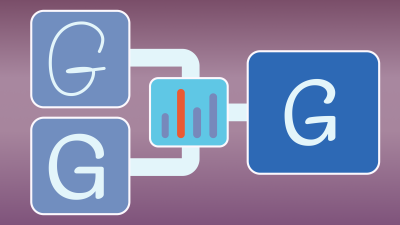
Significant strides are also being made in so-called few-shot font generation tasks, which involve AI learning a font’s style from a few initial characters and then extrapolating it to generate a complete font.
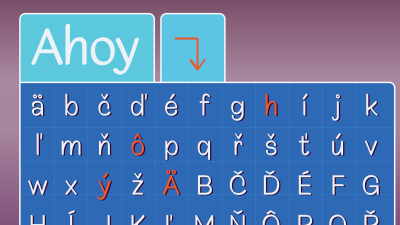
This approach has enormous commercial and creative potential, especially for designing multilingual fonts and those with huge character sets like Japanese and Chinese fonts.
While AI’s potential for producing vector graphics and typography is still in the early stages, the current direction shows a promising future, gradually overcoming the complexities and opening new avenues for designers.
Guiding the Future: The Crucial Role Of Designers In AI Typography
Given this trajectory and the lofty claims of what AI may do in the future, creative professionals are rightly contemplating its short-term implications. Designers are increasingly concerned that their specialised skills, including typography, might be overlooked in a landscape filled with AI-aided enthusiasts.
To preserve our creative integrity and professional effectiveness, it’s crucial for designers to influence the development of AI tools and insist on high design standards to positively shape the future of our industry.
Despite initial fears and controversies, Gutenberg’s press became one of history’s most transformative inventions. AI, too, holds a similar potential, but its direction depends on our approach.
The Designer’s Dilemma: Embracing AI While Maintaining Quality
We face a choice: harness artificial intelligence to boost our creativity and efficiency or risk allowing naive automation to erode the quality of our work. Rather than being passive spectators, we must actively steer AI advancements toward quality-driven outcomes, ensuring these tools enhance rather than diminish our design capabilities.
It has been noted that designers can harness AI tools more effectively because they possess a deep understanding of how to construct an idea. But embracing these new tools doesn’t mean relaxing our guard and allowing standards to be set for us. Instead, we should use AI as a springboard for inspiration and innovation.
For example, current AI-generated imagery often yields unexpected results due to a combination of unwieldy text prompts and massive data sets. But it can be an effective tool for inspiration and to spark new ideas.
Holding The Line In AI Typography
In typography, designers will need to be more vigilant when selecting typefaces. A flood of potentially original and inventive amateur fonts may flood the market, requiring more than just surface-level assessment of their quality. Designers will need to check their character sets, spacing, and overall design more carefully.
Using typefaces skillfully is more important than ever, as it will not only make work stand out but also influence industry trends and standards to inspire and guide type designers.
Adapting To AI In Type Design
The development and direction of AI tools don’t need to be solely in the hands of large corporations investing billions into the technology. A positive step forward would be for type-foundries to collaborate, pooling their resources to create a collective AI software model. This cooperative approach would enable them to not only capitalise on AI-driven innovations but also safeguard their unique designs from unauthorised use by others.
Furthermore, research indicates that smaller AI models can sometimes outperform their larger counterparts, opening doors for independent foundries to develop custom, small-scale AI tools tailored to their specific needs.
Designers Shaping the Future: From Static Typography To AI-Driven Innovation
While a wave of mixed-quality amateur fonts is a concern, AI is poised to significantly enhance the quality and innovation of professionally crafted typefaces. In partnership with developers, type designers will lead the next evolution of type.
What we’ve become used to in terms of typography is woefully static, lacking the ability to dynamically adjust to content, context, or reader interaction. At present, our options are limited to changing font styles and incorporating emojis.
Historically, scribes were adept at creating text with emphasis and embellishments, enriching the transfer of information. When Johannes Gutenberg invented his printing press, his goal wasn’t to surpass scribes’ artistry but to bring knowledge and information to the masses. Gutenberg succeeded as far as that is concerned, but it left behind the scribes’ nuanced abilities to visually enhance the text, even if the type has evolved creatively along the way.

Typography’s Destiny
The next revolution in typography ought to usher in an era of fluidity, adaptability, and interactivity in textual presentation. The type ought to act more like custom lettering. This shift would significantly enhance the reader’s experience, making written communication more versatile, precise, and responsive to various factors such as:
- Content sensitivity
Text might change based on the content it’s displaying. For example, changing style and rhythm for the climax of a book or floating playfully when reading an uplifting poem. - Environmental adaptability
Text changes in response to different lighting or the reader’s distance from the text. - Emotional expression
Incorporating elements that change based on the emotional tone of the text, like color shifts or subtle animations for expressive communication. - User interaction
Text could vary depending on the user’s reading speed, eye movement, or even emotional responses detected through biometric sensors. - Device and platform responsiveness
We could have text adapted for optimal readability, considering factors like screen size, resolution, and orientation without having to “guess” in CSS. - Accessibility Enhancements
Imagine situations where text dynamically adjusts in size and contrast to accommodate young, dyslexic, or those with visual impairments. - Language and cultural adaptation
For example, a type could effortlessly transition between languages and scripts while maintaining the design’s typographic intention and adapting sensitively to cultural nuances.
Conclusion: Embracing The Future Of Design
We stand at the threshold of a monumental shift in typography. Like every industry, we’re entering a period of significant transformation. Future scenarios like TypeMaster3000 show how turbulent the journey will be for the industry. But it is a journey worth making to push beyond the barriers of static type, advance our creative capabilities, and foster better communication across cultures.
Change is coming, and as designers, it’s not enough to merely accept that change; we must actively steer it, applying our expertise, taste, and judgment. It’s crucial that we collectively guide the integration of AI in typography to do more than automate — we must aim to elevate. Our goal is dynamic, precise, and contextually responsive typography that transcends the static utility of fonts.
By guiding AI with our collective creativity and insights, we can not only augment our creativity but raise design standards and enrich our entire civilization.

(gg, yk)
